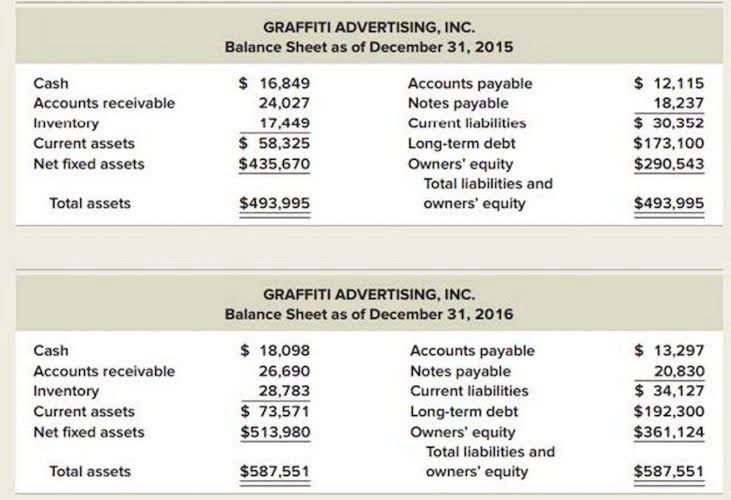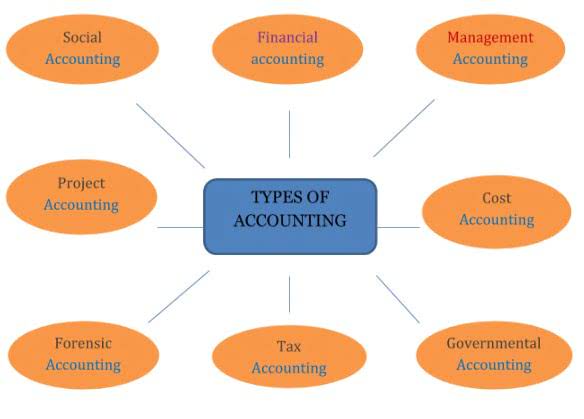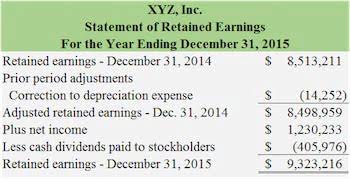Continuous learning through these resources is essential for staying competitive and effective in the ever-evolving landscape of nonprofit finance. Navigating state and local regulations is crucial for nonprofits to maintain compliance and uphold their tax-exempt status. Each state has its own set of rules governing nonprofit operations, including registration, reporting, and fundraising activities. Organizations must be aware of these requirements to avoid penalties and ensure transparency in their financial practices. Effective budgeting and financial forecasting are critical components in navigating the complexities of nonprofit accounting. A well-structured budget serves as a financial plan that outlines expected revenues and expenditures, providing a roadmap for achieving organizational goals.
Need Help Recording Revenue? Reach Out to the Charity CFO!
Clearly outline what qualifies as overhead, such as rent, utilities, administrative salaries, and accounting software, and how these costs will be tracked. Check your nonprofit’s existing policies to see if overhead management is already addressed. Consider using a zero-based budgeting system to track and identify potential areas to cut spending. This approach encourages nonprofit staff to review their budgets from the ground up by itemizing and evaluating every expense. To learn more about exactly which taxes your tax-exempt nonprofit might still be on the hook for, consult IRS Publication 557, or better yet, consult with a nonprofit tax specialist.
- If you have to cut costs at your organization, see if you can reduce overhead spending before taking any funding away from your programs.
- It can feel daunting to take on a new way of accounting, but with the right tips and tools, you can start fund accounting with no stress.
- Nonprofits are often subject to specific financial reporting standards and must adhere to guidelines set by governing bodies.
- One critical requirement is the annual filing of Form 990, which provides the IRS with a comprehensive overview of the nonprofit’s financial activities.
QuickBooks Support
Commercial firms that operate for-profit must Top Benefits of Accounting Services for Nonprofit Organizations You Should Know meet very stringent requirements when reporting their income to the Federal government for tax purposes. While non-profits must also file and report their income, they do not need to meet these strict requirements. There is still a need for accounting professionals who prepare financial reports and review the financial statements to make recommendations on how to cover expenses and investments. In non-profit accounting, you can work as the expert in laws, accepted accounting principles, financial statements, revenues, expenses, investments, and measuring financial results.
📆 Date: June 28-29, 2025🕛 Time: 8:30-11:30 AM EST📍 Venue: OnlineInstructor: Dheeraj Vaidya, CFA, FRM
As businesses continue to grow, streamlining operational efficiency becomes critical, requiring multiple processes to change in rapid succession. Manual tasks need to be eliminated to free up time, and it becomes quickly apparent which complex financial tasks can be simplified and sped up using automation and other tools. Consolidating multiple entities, juggling disconnected systems and relying on time-intensive manual reporting all add to the pressure.
Real-world finance: Where things get messy
Readable reports for funding sources are necessary so that others can see where their contributions have gone/are going. For example, a management employee might be spending 30% of her time in fundraising activities but her entire salary has been recorded as management and general expenses. If the nonprofit’s board of directors designates some of the nonprofit’s unrestricted assets for a specific purpose, those assets must continue to be reported as net assets without donor restrictions. While businesses are https://namesbluff.com/everything-you-should-know-about-accounting-services-for-nonprofit-organizations/ organized to generate profits, nonprofits are organized to address needs in society. As a result, nonprofits will issue a statement of activities instead of the income statement issued by for-profit businesses. Financial staff must translate complex nonprofit accounting concepts into clear, actionable information without oversimplifying critical details.
Managing Donations in Your Nonprofit Accounting System
You’re able to incorporate them into the everyday day running of your business straightaway; you don’t need to configure anything. If you’re trading in different currencies, you need a Financial Management System with treasury management capabilities built in. Managing the accounting complexities we’ve outlined above in Excel is hugely time-consuming and error prone. Having access to the data to identify and understand your FX exposures is key to good Treasury Management.
How do nonprofits record revenue?
But, more importantly, they are often generated monthly (or quarterly) to help you keep an eye on your financial health. For an in-depth look at these reports, check out our article on the core nonprofit financial statements. Or click on any of the individual reports for a detailed breakdown of that report.













